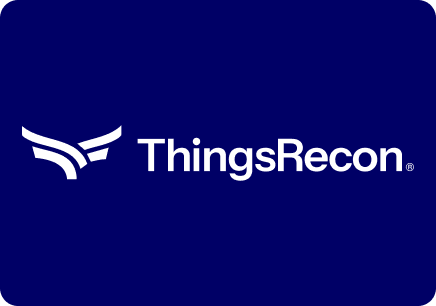It used to be that the CISO was the security gatekeeper: buried in firewalls, intrusion detection systems, and policy enforcement. But those days are long gone. Today’s CISO has one foot in the data centre and the other in the boardroom.
They’re expected to understand the threat landscape, manage growing technical complexity, navigate new compliance frameworks, and, most critically, translate all that into something the business can act on.
It’s not enough to simply do security anymore. You need to communicate it in a language other decision-makers understand.
This shift is being driven by a wave of regulatory pressure across nearly every industry. Frameworks like DORA and NIS2 place direct accountability on executives and boards. For instance, DORA allows EU regulators to fine businesses up to 2% of global turnover (or €10 million) for non-compliance. These stakes force CISOs to step outside their comfort zones and become strategic storytellers, connecting cyber risk to business resilience, continuity, and brand trust.
And make no mistake: the boardroom must evolve too. The most future-ready organisations are the ones where technical and business leaders meet in the middle, and speak the same language.
Stepping into the Boardroom
Cyber risk doesn’t always look like a zero-day or a firewall misconfiguration. More often, it hides in the quiet places like abandoned shadow IT, legacy infrastructure, or duplicate systems no one maintains. This is what we call technical debt: not just outdated systems, but the accumulation of past decisions that become blind spots.
For CISOs trying to balance regulatory pressure, operational complexity, and limited budgets, knowing where that debt lives is the first step toward communicating risk in a way the board actually cares about.
That starts with visibility (internal and external), which is why many CISOs are leaning into external attack surface management (EASM) to build an inventory of internet-facing assets, third-party relationships, and entry points.
Once you have that map, it’s about prioritising: mapping risk to business-critical systems and tying mitigation efforts to measurable business outcomes—whether that’s uptime, compliance, or customer trust.
It’s a shift away from “we need to patch this CVE” and toward “here’s what’s at stake if we don’t.”
Meeting in the Middle
Security teams speak in threat vectors and CVEs. Boards speak in revenue impact and shareholder confidence.
It’s not that boards don’t care about cybersecurity; it’s that they care about how it affects the business and the outcomes.
This is where CISOs must become translators. The challenge is to cross the bridge without diluting the message. The board doesn’t need the details, they need clarity. What’s the potential business impact? How will it affect continuity, reputation, or compliance?
That’s what cuts through the noise. Not fear. Not jargon. Just relevance.
This also changes how security metrics are presented. Forget dashboards overloaded with red alerts. CISOs must align cyber efforts with business priorities. Use benchmarking, maturity ratings, and real-world scenarios to tell a more compelling story, one the board can act on.
A ransomware simulation, for example, that walks leaders through outage consequences and financial impact can go further than a 50-slide tech deck. Once the board understands the why, the what and how become easier to support.
In a world where cyber threats are business threats, the ability to communicate is just as critical as the ability to detect or defend.
Want to strengthen how your organisation visualises risk across its digital and third-party attack surface? Get in touch with ThingsRecon and see how we help CISOs turn technical insight into business clarity.








